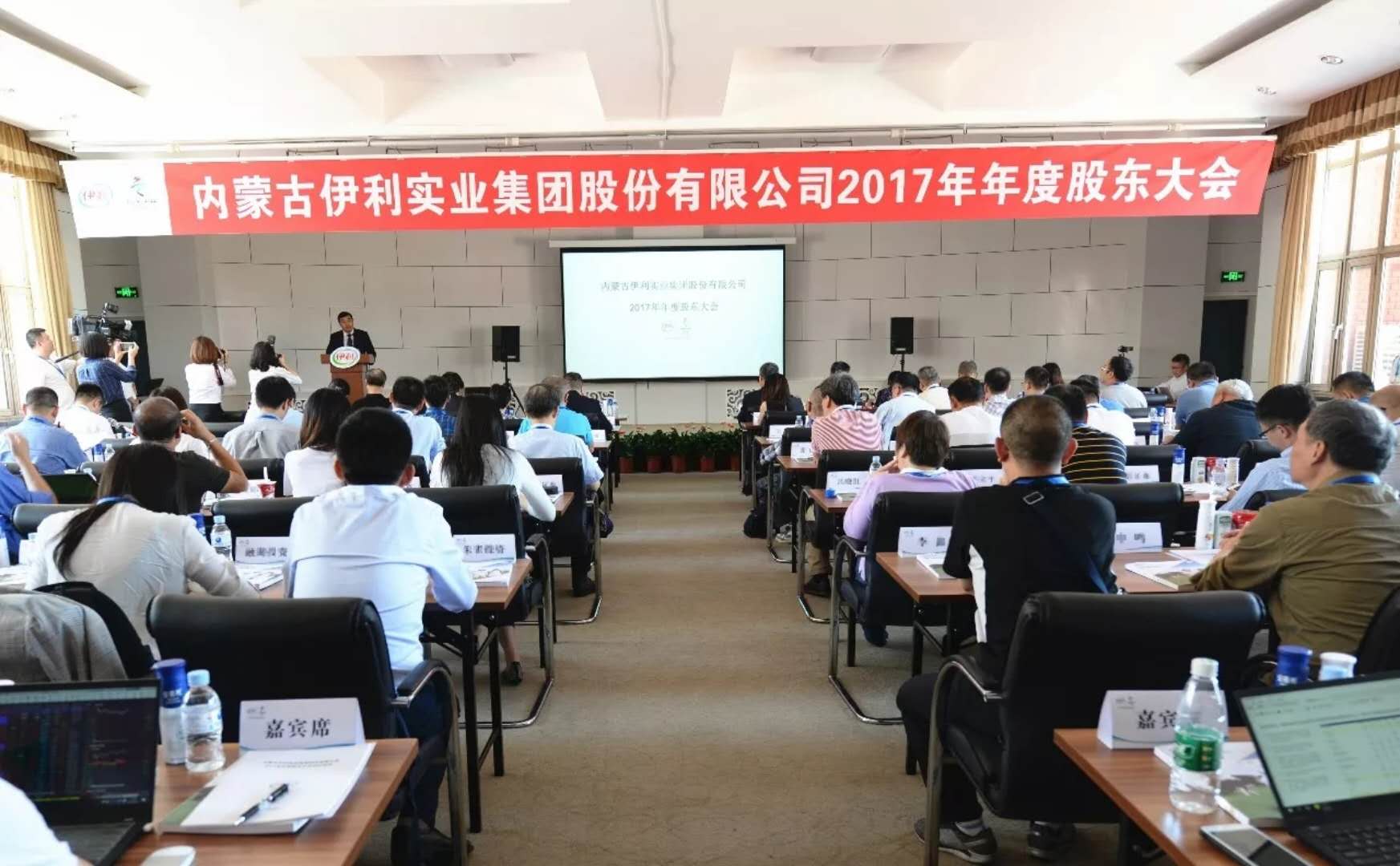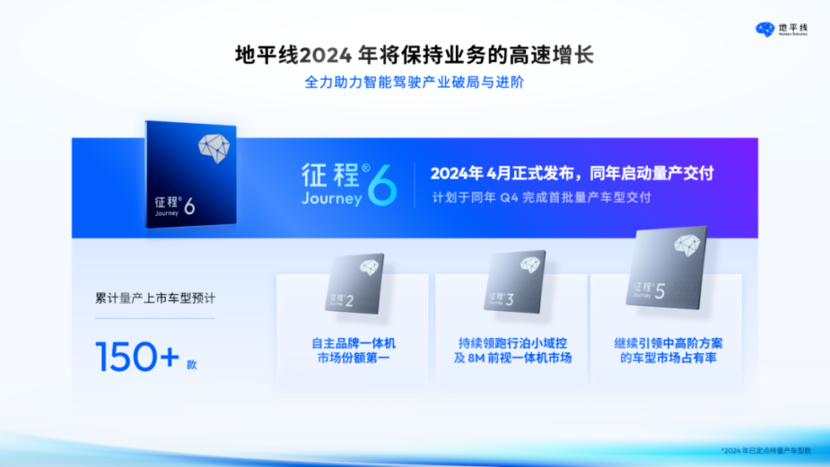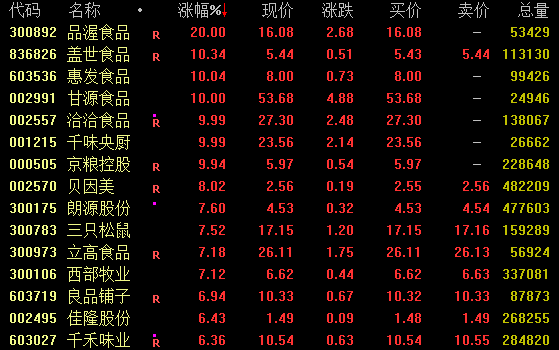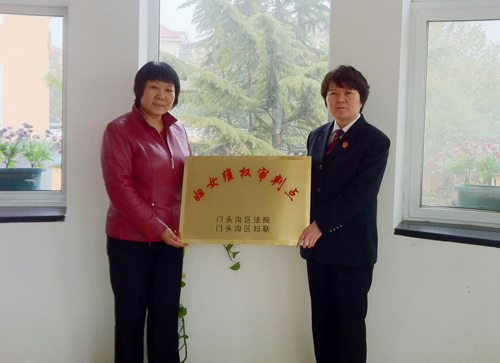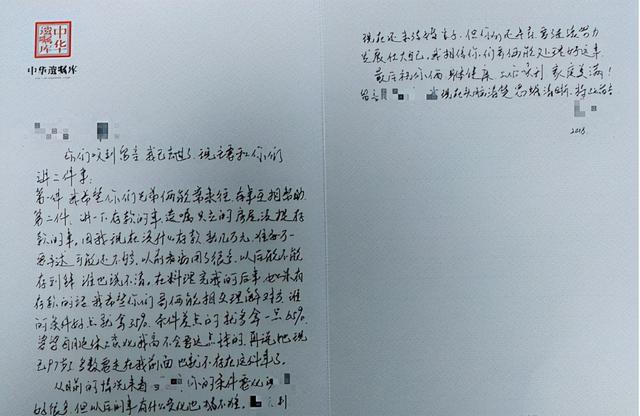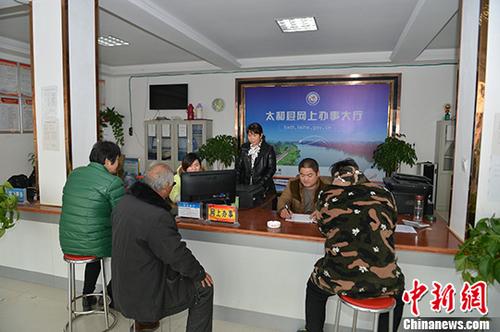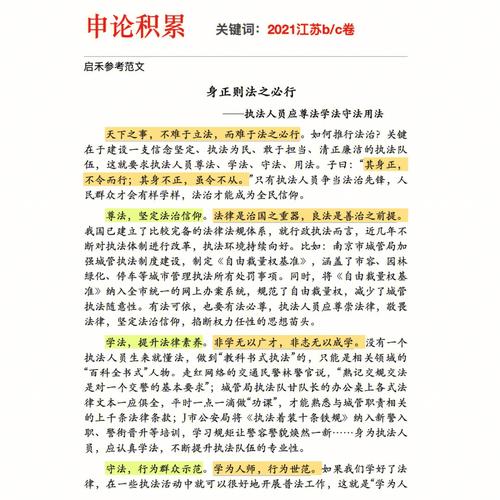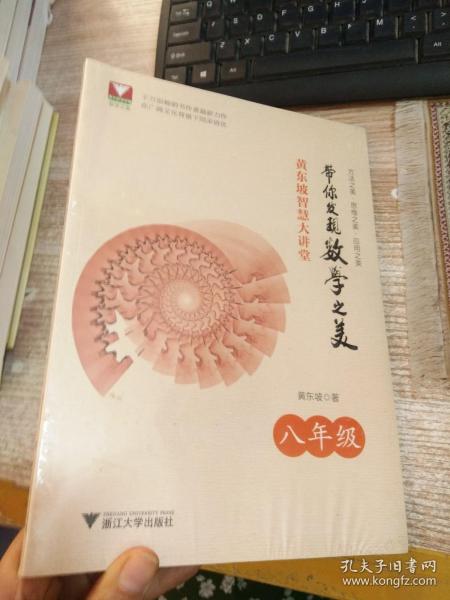劳动法律论文题目怎么写
Title: The Evolution of Labor Laws: Ensuring Fairness and Protection in Modern Workplaces
Abstract:
Labor laws have undergone significant evolution over the years, shaped by changing socioeconomic landscapes and the everevolving nature of work itself. This paper delves into the historical progression of labor laws, from their early roots in the Industrial Revolution to contemporary challenges in the digital age. By examining key legislative milestones and landmark court cases, this study highlights the fundamental principles of labor law: protection of workers' rights, promotion of workplace fairness, and establishment of mechanisms for dispute resolution. Furthermore, it explores emerging issues such as gig economy employment, remote work arrangements, and the impact of automation on traditional job structures. Through a comparative analysis of labor laws across different jurisdictions, this paper identifies best practices and areas for improvement in ensuring equitable treatment and adequate protection for all workers, regardless of their employment status or industry.
1. Introduction:
The foundation of modern labor laws lies in the recognition of the inherent power imbalance between employers and employees. Historically, this power dynamic was starkly evident during the Industrial Revolution, where workers endured harsh conditions, long hours, and meager wages without any legal recourse. In response to widespread exploitation and social unrest, governments began enacting legislation to safeguard workers' rights and promote industrial harmony. Since then, labor laws have evolved significantly, reflecting changing societal norms, economic trends, and technological advancements.
2. Historical Development of Labor Laws:
2.1.
Early Labor Movements:
The 19th and early 20th centuries witnessed the rise of labor movements advocating for better working conditions, fair wages, and the right to collective bargaining. This period saw the emergence of trade unions and the enactment of pioneering labor legislation, such as the Factory Acts in the United Kingdom and the Fair Labor Standards Act in the United States.2.2.
Expansion of Worker Protections:
In the aftermath of World War II, many countries implemented comprehensive labor laws aimed at rebuilding postwar economies and addressing social inequalities. These laws introduced protections for workers against discrimination, unfair dismissal, and unsafe working conditions, laying the groundwork for the modern labor regulatory framework.2.3.
Globalization and Labor Rights:
The latter half of the 20th century saw the proliferation of multinational corporations and the globalization of supply chains, posing new challenges for labor regulation. Efforts to harmonize labor standards at the international level culminated in conventions by the International Labour Organization (ILO) and the inclusion of labor provisions in trade agreements.3. Core Principles of Labor Law:
3.1.
Right to Organize and Collective Bargaining:
Central to labor law is the recognition of workers' rights to form unions and engage in collective bargaining with employers. This principle serves to balance the unequal bargaining power between individual employees and their employers, facilitating negotiations over wages, working conditions, and other terms of employment.3.2.
Minimum Employment Standards:
Labor laws establish minimum standards for wages, working hours, and conditions of employment to ensure that workers are not subjected to exploitation or abuse. These standards vary across jurisdictions but typically encompass provisions related to minimum wage rates, overtime pay, and health and safety regulations.3.3.
Protection Against Discrimination and Unfair Treatment:
Antidiscrimination laws prohibit employers from discriminating against employees based on factors such as race, gender, age, or disability. Additionally, labor laws often mandate equal treatment for all workers and prohibit unfair practices such as retaliation or harassment in the workplace.4. Contemporary Issues and Challenges:
4.1.
The Gig Economy and NonStandard Work:
The rise of the gig economy has blurred traditional distinctions between employees and independent contractors, raising questions about the applicability of existing labor laws to nonstandard forms of employment. Ensuring adequate protections for gig workers while preserving flexibility remains a pressing challenge for policymakers.4.2.
Remote Work and Telecommuting:
The COVID19 pandemic accelerated the adoption of remote work arrangements, prompting a reassessment of workplace regulations and enforcement mechanisms. Balancing the benefits of remote work with the need for oversight and accountability presents novel challenges for labor law practitioners.4.3.
Automation and Job Displacement:
Advances in automation and artificial intelligence are transforming the nature of work and threatening to disrupt entire industries. Labor laws must adapt to address the implications of technological innovation, including retraining initiatives, income support programs, and mechanisms for managing job transitions.5. Comparative Analysis and Best Practices:
5.1.
Nordic Model:
Countries such as Denmark, Sweden, and Norway are renowned for their comprehensive welfare systems and robust labor protections. The Nordic model emphasizes collective bargaining, social dialogue, and active labor market policies as means of promoting inclusivity and economic security.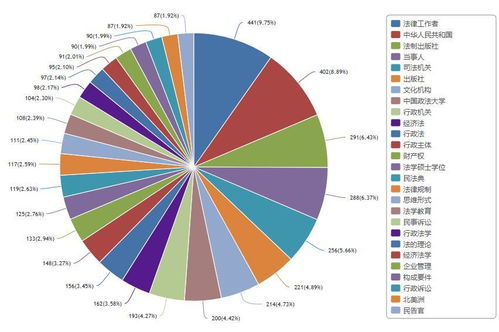
5.2.
European Union Framework:
The European Union (EU) has harmonized labor standards across its member states through directives on working conditions, equal treatment, and employment rights. The EU's approach combines legislative measures with support for social dialogue and capacitybuilding initiatives at the national level.5.3.
Innovations in Developing Economies:
Emerging economies like Brazil, South Africa, and India are experimenting with innovative approaches to labor regulation that seek to balance the imperatives of economic growth with social equity. These include sectoral minimum wage setting, social protection schemes, and initiatives to formalize informal employment.6. Conclusion:
In conclusion, labor laws play a pivotal role in shaping the relationship between employers and workers and safeguarding the rights and interests of the labor force. As we navigate the complexities of the 21stcentury economy, it is imperative to uphold the core principles of fairness, dignity, and social justice in the workplace. By embracing inclusive policymaking, fostering dialogue between stakeholders, and leveraging technological advancements for the benefit of all, we can ensure that labor laws remain relevant and effective in addressing the evolving needs and challenges of the modern workforce.

